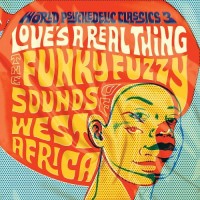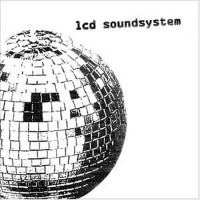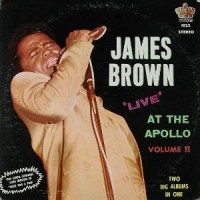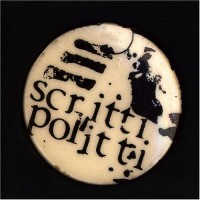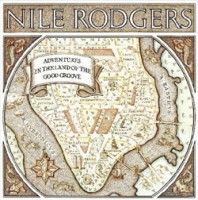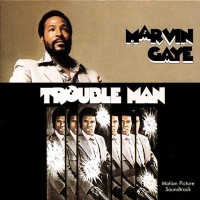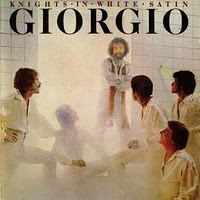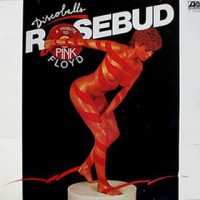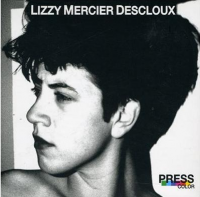
Funny how the “Press Color” album changes with each new pressing… Whenever New York’s infinitely hip ZE label put out a fresh one it seemed to have a rearranged track list and changes in song lengths. With a new Light In The Attic reissue on the way, this tradition continues, and they even expand the LP into a double gatefold that includes Lizzy’s early material from the art-group Rosa Yemen, so keep an eye peeled.
So many reissues and it still warrants a listen again; Lizzy Mercier Descloux was a definite talent from the post-punk / No Wave axis and “Press Color,” with tracks in any arrangement, still impresses. Lizzy was a Lower East Side scenester with ties to Patti Smith and Richard Hell. The cutely impish French gal was also a self-taught guitarist with unique chops that worked in a noise or dance context. Catfish Collins or Arto Lindsay? Somewhere in between that spindly rhythm matrix…
Whatever side of whatever version you get of “Press Color,” the discofied Arthur Brown cover of “Fire” still remains it’s most exciting ride. The convergence of New York styles at the time of this recording places this track at ground zero in dance-punk fun. More confrontational numbers include the lurching “Torso Corso” and the dizzying “Wawa.” With No Wave and post-punk revivals come and gone, “Press Color” still stands as an excitingly fresh mess of styles. -Wade


